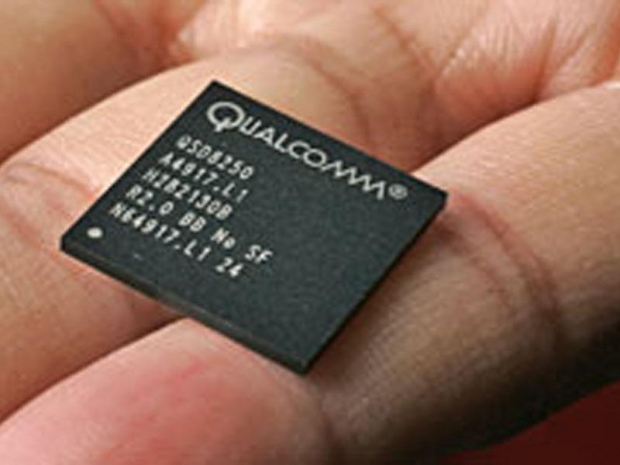Qualcomm, Apple, MediaTek, Samsung LSI and HiSilicon captured the top five revenue share spots in the global smartphone AP market in 2017, Strategy Analytics indicated. Qualcomm gained market share and finished the year with 42 percent revenue share, followed by Apple with 22 percent and MediaTek with 15 percent. Apple, HiSilicon, Qualcomm and Samsung LSI all enjoyed on-year shipment growth in 2017 while MediaTek and Spreadtrum saw their shipments decline sharply, Strategy Analytics said.
Shipments of 64-bit smartphone APs grew 15 percent on year to account for 88 percent of total smartphone AP shipments in 2017, up from 38 percent in 2016.
The number crunchers think that 2018 will be an experimental year for on-device AI chips. In 2017, over 250 million smartphone APs shipped with native AI engines to enable machine learning (ML) applications such as 3D face detection, image recognition and Animoji.
TSMC manufactured two thirds of smartphone APs in 2017, down from almost three fourths in 2016, Strategy Analytics said. Despite the loss of Apple foundry business to TSMC, Samsung Foundry gained share in smartphone APs helped by Qualcomm and Samsung LSI, Strategy Analytics said.
In 2017, 10nm smartphone APs accounted for over 14 percent of total smartphone AP shipments driven by Apple, HiSilicon, Qualcomm and Samsung LSI, Strategy Analytics said. Octa-core chips accounted for over 40 percent of total smartphone AP shipments in 2017.
Strategy Analytics' handset component technologies service director Stuart Robinson said that most of the increases were seen in the midrange thanks to Qualcomm's increased strength in the mid-range with the Snapdragon 600 series.
This helped Qualcomm gain significant share at Chinese OEMs including Oppo, Vivo and Xiaomi at the expense of MediaTek.
"HiSilicon and Samsung LSI both expanded their product portfolio to cover multiple price points and registered a double-digit captive shipment growth in 2017."
After two consecutive years of decline, the global tablet AP market returned to growth and registered a three percent on-year growth to reach US$2 billion in 2017, according to Strategy Analytics.
Apple, Intel, Qualcomm, MediaTek and Samsung LSI captured the top-five revenue share spots in the global tablet AP market in 2017. Apple gained market share and finished the year with 36 percent revenue share followed by Intel with 18 percent and Qualcomm with 17 percent, Strategy Analytics said.
X86 architecture-based tablet shipments increased 13 percent on year in 2017, while ARM-based chip shipments declined 7 percent, Strategy Analytics indicated.
"Despite shipment decline, the global tablet AP market held up well in terms of revenue, helped by improved average selling prices (ASPs). All the major tablet AP vendors shifted their focus to profitable and high-performance tablet APs and this dynamic boosted ASPs. x86 vendor Intel's continued success with Windows operating system played a key role in the overall tablet AP ASP improvement. Strategy Analytics believes that Qualcomm's support for the Windows operating system will increase the addressable market in future", the report said.
Apple, HiSilicon, Intel and Qualcomm all registered on-year shipment growth in the tablet AP market in 2017 while MediaTek, Samsung, Rockchip, Allwinner and Spreadtrum saw their tablet AP shipments decline, according to Strategy Analytics.




